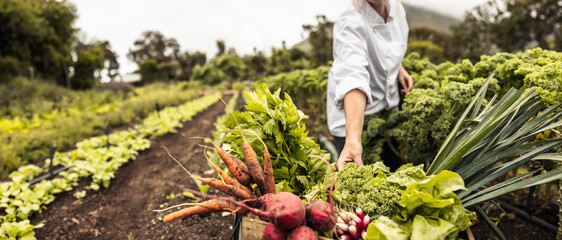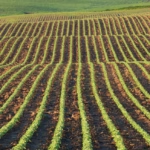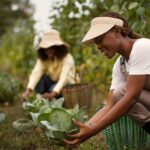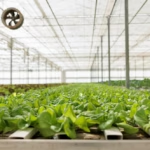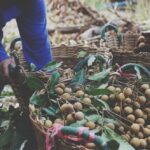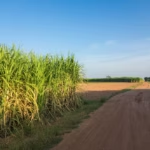When choosing the right crop or livestock for your farming venture in South Africa, several factors should be considered. South Africa has diverse climatic conditions and agricultural regions, so it’s important to select crops or livestock that are suitable for your specific location and market demand. Here are some key points to consider:
- Climate and Soil Conditions: Understand the climate and soil characteristics of your region. South Africa has various climatic zones, ranging from arid to Mediterranean and subtropical. Different crops and livestock thrive under specific climatic conditions. Consider factors such as temperature, rainfall, and soil fertility when making your decision.
- Market Demand: Research the market demand for various crops and livestock in your area. Evaluate local and international markets to identify profitable opportunities. Engage with potential buyers, retailers, and processors to understand their requirements and preferences. Consider crops or livestock that have a consistent demand and offer good market prices.
- Infrastructure and Resources: Assess the availability of infrastructure and resources on your farm. Consider factors such as irrigation systems, access to markets, processing facilities, and transportation networks. Some crops may require specific infrastructure, such as greenhouses or cold storage, while certain livestock may necessitate adequate grazing land or housing facilities.
- Farm Size and Labor: Determine the size of your farm and your available labor resources. Some crops or livestock require more intensive labor, while others may be more mechanized or require fewer workers. Ensure that you have the necessary workforce or machinery to manage the chosen crop or livestock effectively.
- Risk and Resilience: Evaluate the risk factors associated with different crops or livestock. Consider factors such as disease susceptibility, drought tolerance, or market volatility. Diversifying your farm with a combination of crops and livestock can help mitigate risks and improve resilience against unforeseen challenges.
- Financial Viability: Assess the financial viability and profitability of the crops or livestock you are considering. Calculate the potential costs, returns, and break-even points. Consider factors such as input costs, market prices, and potential yield or productivity. Consult with agricultural economists or experts to evaluate the economic feasibility of your chosen venture.
- Knowledge and Expertise: Consider your own knowledge and expertise in specific crops or livestock. Evaluate the resources available for acquiring necessary skills or accessing technical support. Attend training programs, workshops, or collaborate with agricultural extension officers to enhance your understanding and competence in the chosen field.
It’s important to note that this is a general guideline, and the specific conditions of your farm and region may require further research and consultation with local agricultural experts. Adapt your decision to your unique circumstances and seek advice from experienced farmers or agricultural institutions in your area.

